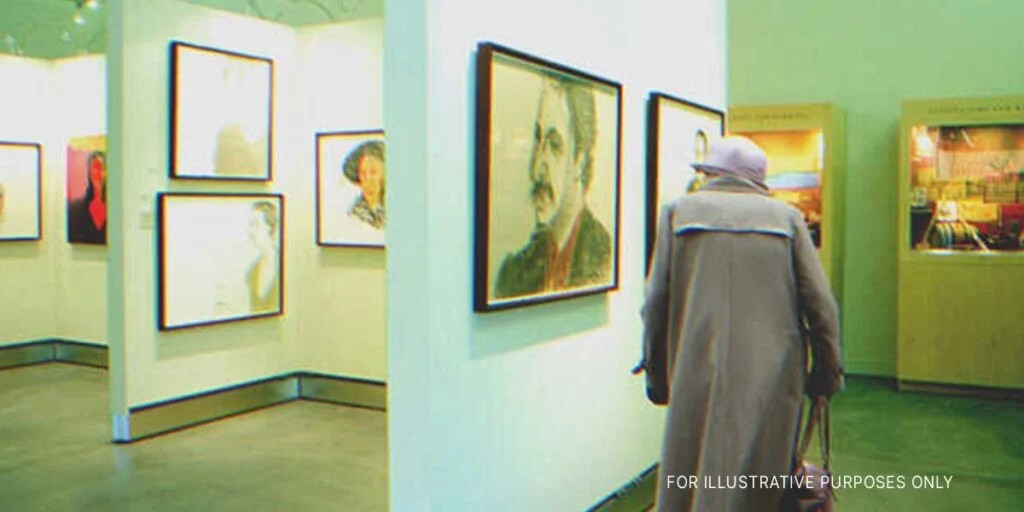
Art enthusiast Frank opened his own gallery to fulfill his dream of pursuing a career in the arts. Little did he know that his gallery would one day save his favorite painter’s life.
Frank Mason stared at the sign outside his newly opened art gallery. All his dreams had led him to this point, and he was overcome with joy.
He’d wanted to pursue a career in art since childhood, but his parents pushed him into business instead. He had resented them for it, but now he acknowledged it may have been a wise decision as he could use those skills to run his gallery.
If only his parents were still alive so he could thank them. He intended to use the gallery to showcase the best work from local artists, many of whom deserved to be more well-known.
He hurried inside to hang his first painting on the wall: a highly detailed landscape by Sheila, his favorite artist. It was valuable as she had disappeared several years ago.

A few years later, Frank had grown his gallery into a lucrative business. Art tourists came from around the world to see his exhibitions, and collectors often approached him for advice. More than anything, he was proud that his little gallery had helped uplift the local art community.
One day, Frank stood at the window and watched the strong winds send snow flurries down the street outside. The weather was bad for business but beautiful to watch.
There was a flash of movement in Frank’s peripheral vision. It gave him such a fright he almost dropped his coffee cup. He moved to the front door and peered through the glass panes set into the wood for a better view.
A woman stood there, dressed in a gray coat. Snowflakes covered her shoulders, and wisps of white hair escaped from beneath her woolen cap. He opened the door, and she jumped.
“Afternoon,” Frank greeted her.
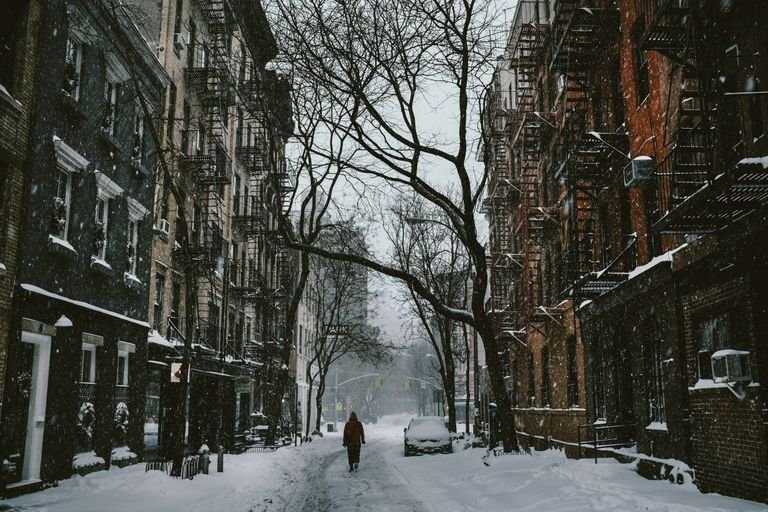
The woman frowned at him and shook her head. “I haven’t got any money. I just wanted to get out of the snow for a bit.”
Up close, Frank could tell the woman was poor. He felt bad for her being stuck out in the cold.
“Do you like art?” he asked.
“You won’t be living on the streets anymore.”
The woman’s face lit up. “I love art. Unfortunately, that passion doesn’t burn as strongly in me these days. I can only afford to visit free galleries, and I never see my favorite artists in there.”
“Oh? Like who?”
The lady quickly rattled out a few names. Frank was stunned to hear she loved many of the same little-known artists he did. She discussed what she liked about the artist’s style with each mention.
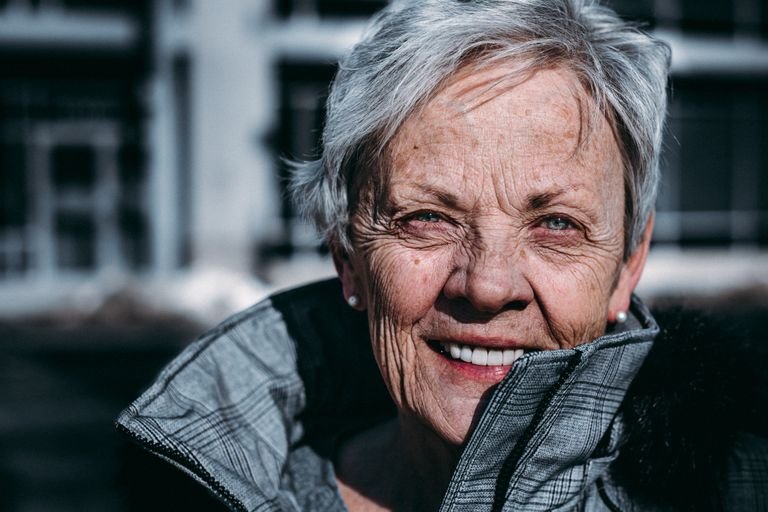
Frank never would’ve expected this shabby woman to have such a nuanced understanding of art. He opened the door wider and gestured for her to enter.
“You’ll find all those artists in here,” he said.
“And you can visit for free whenever you want.”
“Really?” The woman hesitated.
Frank nodded. “Can I get you a cup of tea or coffee to warm you up?”
The woman accepted his offer of tea. When Frank returned to give her the cup, he noticed her hands trembled severely.

“Don’t mind my shivers,” she said. “I’ve struggled to get medication since I lost my home. So many places refuse to help if you can’t provide an address.”
Frank felt a rush of sympathy for the woman. He began showing her around the gallery. They discussed the artists and techniques in the paintings, and Frank decided to end the tour with his favorite piece.
“There’s one last painting I want to show you,” he said. He opened the door to the room that contained his private collection. Since none of the paintings here were for sale, he only made them available for viewing on certain days.
The woman inhaled sharply and pointed to the Sheila landscape on display in the center of the room.
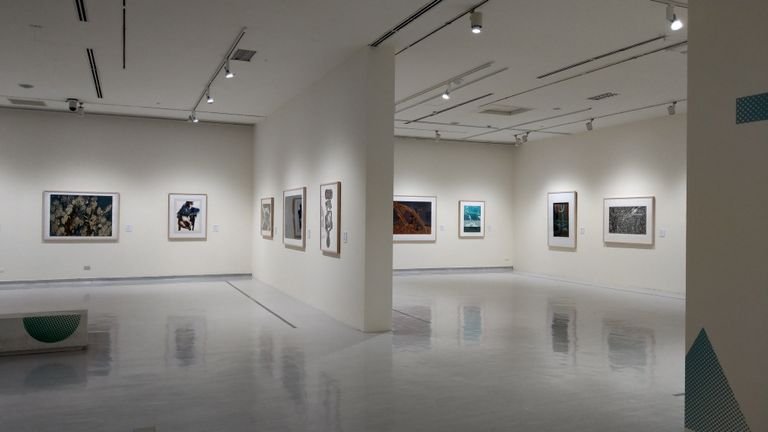
The woman reached into her coat and showed Frank her social security card.
Frank studied the card in amazement. “You’re one of my favorite artists. I’ve asked about you and your work for years but nobody knew what happened to you.”
“I developed Parkinson’s disease.” Sheila sighed. “I couldn’t paint anymore. Then my husband died, and I had to sell my home. I lived with my daughter’s family but then she and my grandson died in a plane crash.”
Sheila scowled. “Barely a year later, her husband married again and kicked me out. I’ve been on the streets ever since.”
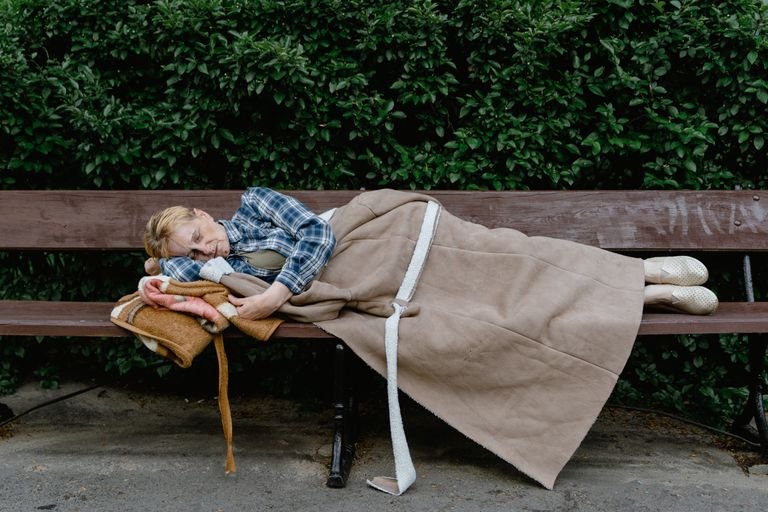
Sheila looked up at him in surprise. “Are you sure?”
“One hundred percent. If you’re up to the task, I’d also like to offer you a job helping to care for my children.”
“I would love that!”
Sheila moved in with Frank and soon became part of the family. The children didn’t have living grandparents and were delighted to have Sheila in their lives.
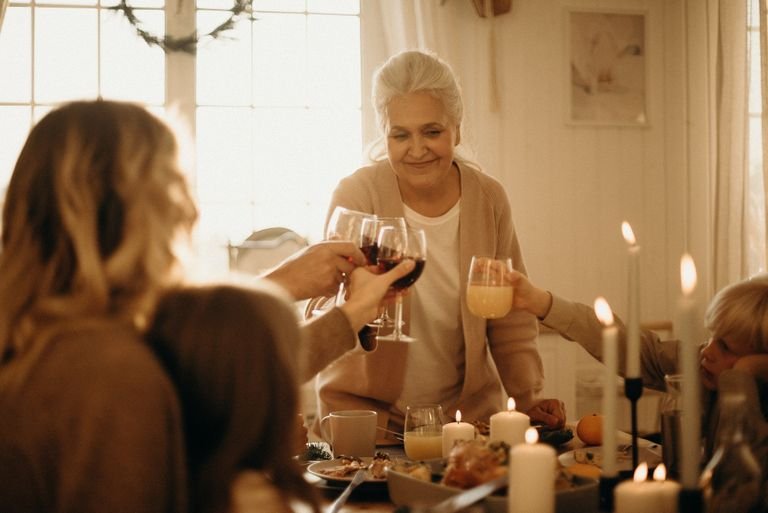
When the local art community discovered what had happened to Sheila, they banded together to hold a fundraiser for her. Frank immediately offered his gallery as the venue.
Some artists offered classes, and others gave exhibits. Some even offered to put their speed-painting skills on display. They soon collected enough funds to pay for the medication Sheila needed.
One day, Sheila called Frank into her room to show him something. On an easel in the corner stood a painting of his children.
“The first original Sheila painting in twenty years.”
“You’ve been painting?”
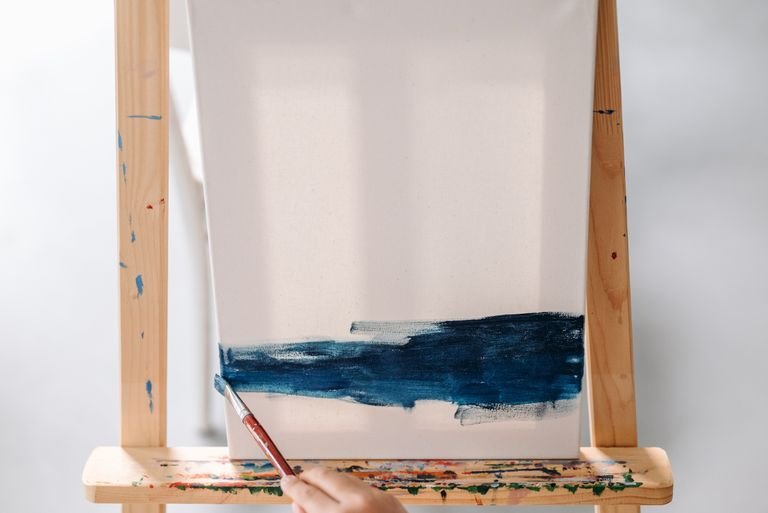
Sheila lifted the painting from the easel and held it out to Frank. “It’s not my best work, but I hope you’ll accept this as a token of my gratitude.”
What can we learn from this story?
Be kind to everyone. If Frank hadn’t felt sympathy for Sheila and let her into his gallery, he never would have uncovered the mystery behind his favorite artist’s disappearance.
Pursue your passions. Working in a career is easier when you genuinely love what you do.
Share this story with your friends. It might brighten their day and inspire them.